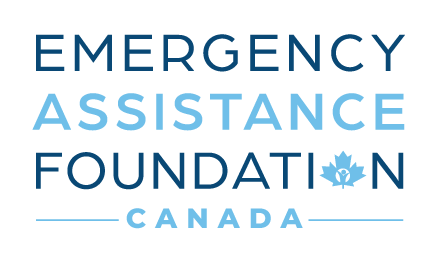
Ways to Enhance Relief Fund Annual Goal Setting for the New Year
December 16, 2019
The Secrets for Successful International Grants
February 24, 2020When disaster strikes, employees, customers, community stakeholders, and senior business leaders all want to know what the company should do to respond. The greater the impact of the disaster on employee, the more options need to be weighed, ultimately increasing the complexity of the disaster assessment and final decision-making process.Should priority be placed on donating to a national disaster relief charity or a local charity? Is there a need to support impacted employees first or will support of the community at large suffice? Choosing the right response will vary by company and scale of disaster, but here are a few things to consider each time this decision is awaiting.
Establishing an Employee Relief Fund
During times of disaster, it is not uncommon for employees to question why their employers contribute large amounts to national charities but neglect to support employees in times of crises. Employers can avoid these valid concerns and proactively prepare to help their employees through hardship and disaster by establishing and supporting their Employee Assistance Program.
Employee relief funds are a critical element to holistically approaching disaster relief. By donating to the employee relief fund, companies are reducing the burden of other disaster relief charities by providing a significantly more efficient and low-cost method of assisting those in need. A well administered employee assistance program also requires substantially less overhead, allowing for timely and effective results to those in need.
Giving timelines
Typically, the majority of donations occur within the first six weeks following a disaster. Companies usually race to announce their donation response within the first 48 hours to a week. Media coverage is typically highest during this time-frame creating a high degree of community interest and awareness of company response efforts.
These giving timelines should be considered whenever you decide your corporate disaster response because decision making must be timely in order to be relevant. The type of response chosen may require extra work from the relief manager and team: assessing impact, activating giving avenues, and communicating giving avenues, among other things. Ensuring there is an appropriate amount of time to execute a timely response is key to the overall success of disaster relief.
Short-term aid vs. long-term repair
However, short-term aid does not substantiate long-term repair and recovery. This is when the disaster is so significant that the damage is often large scale and impossible to rectify within a few months. For example, after a massive flood in the short-term people need to be rescued and provided basic needs, but long-term people need assistance rebuilding and replacing what was lost. The latter can sometimes take years to complete.
Plan ahead and decide what type of disasters require short-term aid and which require long-term repair, or both. Establish relationships now with the nonprofit organizations that can be instrumental in different response scenarios. This will allow you to shorten your response time once disaster strikes, while maintaining confidence that the disaster response decided will in-fact be effective.
Employees are the greatest asset
Once planned, remember a company cannot be successful without its employees. It is wise to ensure employees are both engaged in the response efforts and taken care of, if the disaster has impacted them. Including your employee relief fund in all disaster responses can guarantee that happens.
Announce a company match of employee donations raised through the relief fund. This is a short-term effort that can be decided and announced quickly to the public. It gives employees a target to reach and will help engage them in the employee giving campaign. For long-term efforts, send follow-up communications to employees throughout the months following the disaster with data about relief efforts. Inform them of new needs as they arise and detail how their contribution can help. Pair this with in-kind donation and volunteer opportunities as appropriate. Employees will feel they had a direct role in the company’s disaster response and it will fuel their employee pride.
Overall, considering these tips will help relief fund managers navigate through the disaster response decision-making process and result in corporate response efforts all stakeholders - internal and external - can be proud of.
Emergency Assistance Foundation, Inc.
The Emergency Assistance Foundation, Inc. is a 501c(3) charity created to design and operate multiple employer-sponsored disaster relief and employee hardship funds. These funds allow domestic and international employers and employees to help their coworkers in times of crises.
EAF is a 501c(3) tax-exempt, public, non-profit organization with IRS approval specifically for Employee Hardship and Disaster Relief Funds which can be administered in the United States, Canada and internationally.





